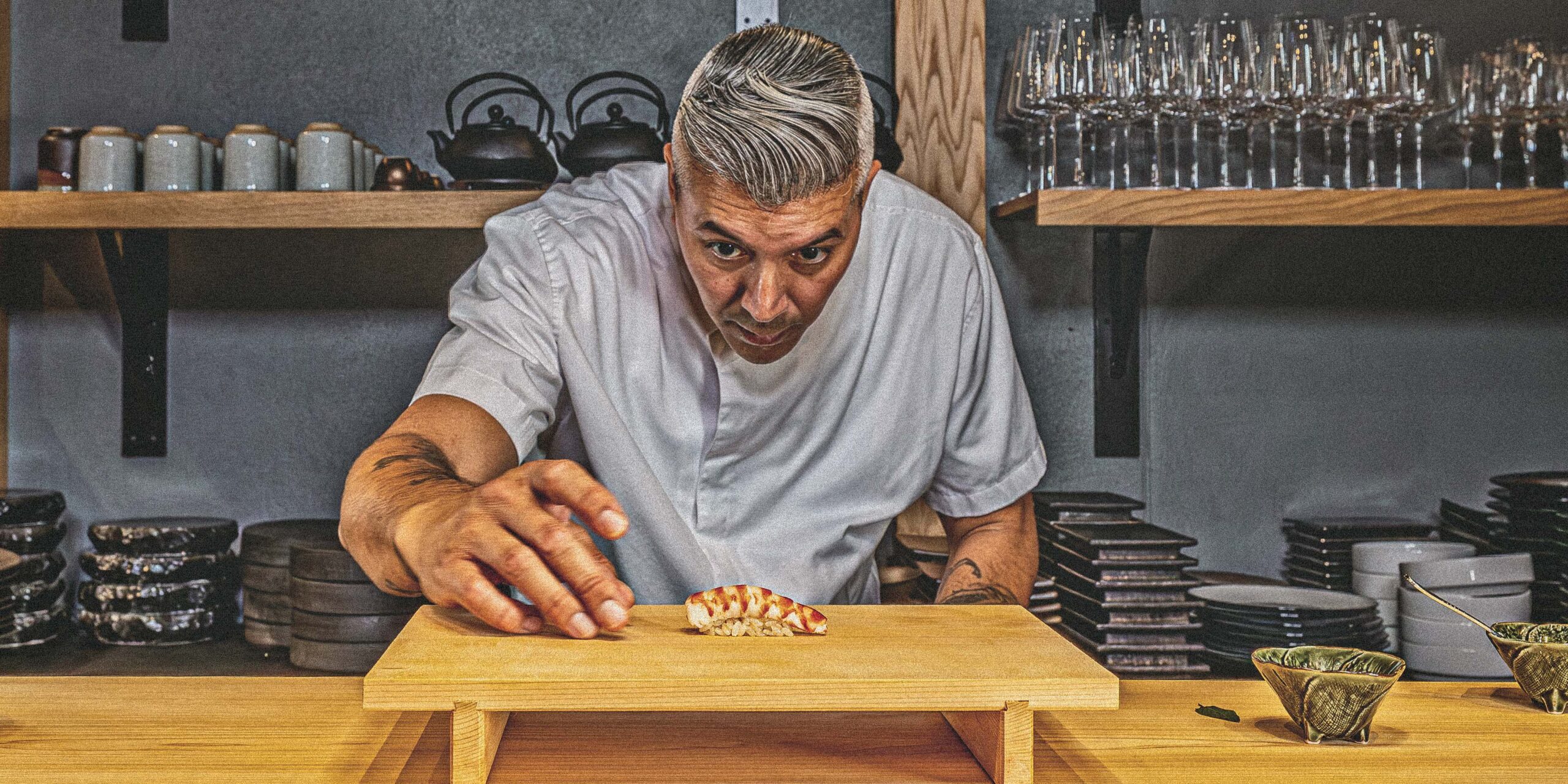Omakase dining touched down in Tampa Bay as a foreign, entirely uncommon dining concept, boasting a luxury price tag and a niche offering – raw fish. Sure, America had already accepted California rolls and shrimp tempura, but this was sushi refined, rarified. Critics wondered, would it work, or would Omakase join the legion of dining fads that didn’t quite stick? Peek inside Tampa Bay’s growing omakase restaurants scene and the answer is clear. Months in advance, diners add their names to wait lists for a chance to sit with the chef for a few moments of sushi bliss.
Koya‘s opening in 2020 marked the launch of Tampa’s first premier Omakase restaurant. Its eight-seat dining room was revealed at the height of the pandemic, providing an intimate theater for tasting menus curated by owner and chef, Eric Fralick. Face-to-face with the chef, guests came to experience omakase, which roughly translates from the Japanese as “I’ll leave it up to you.” In contrast to dining à la carte, there are no choices to be made. One could expect tender rich and decadent cuts of fish, with all else varying to the chef’s discretion. Skeptics had reason to cast doubt. The global pandemic had shuttered restaurants, America had a newfound penchant for Uber Eats and curbside pickup, a seating at Koya came with a high-end price tag, and perhaps most of all – for Tampa, omakase was a new and unfamiliar concept.
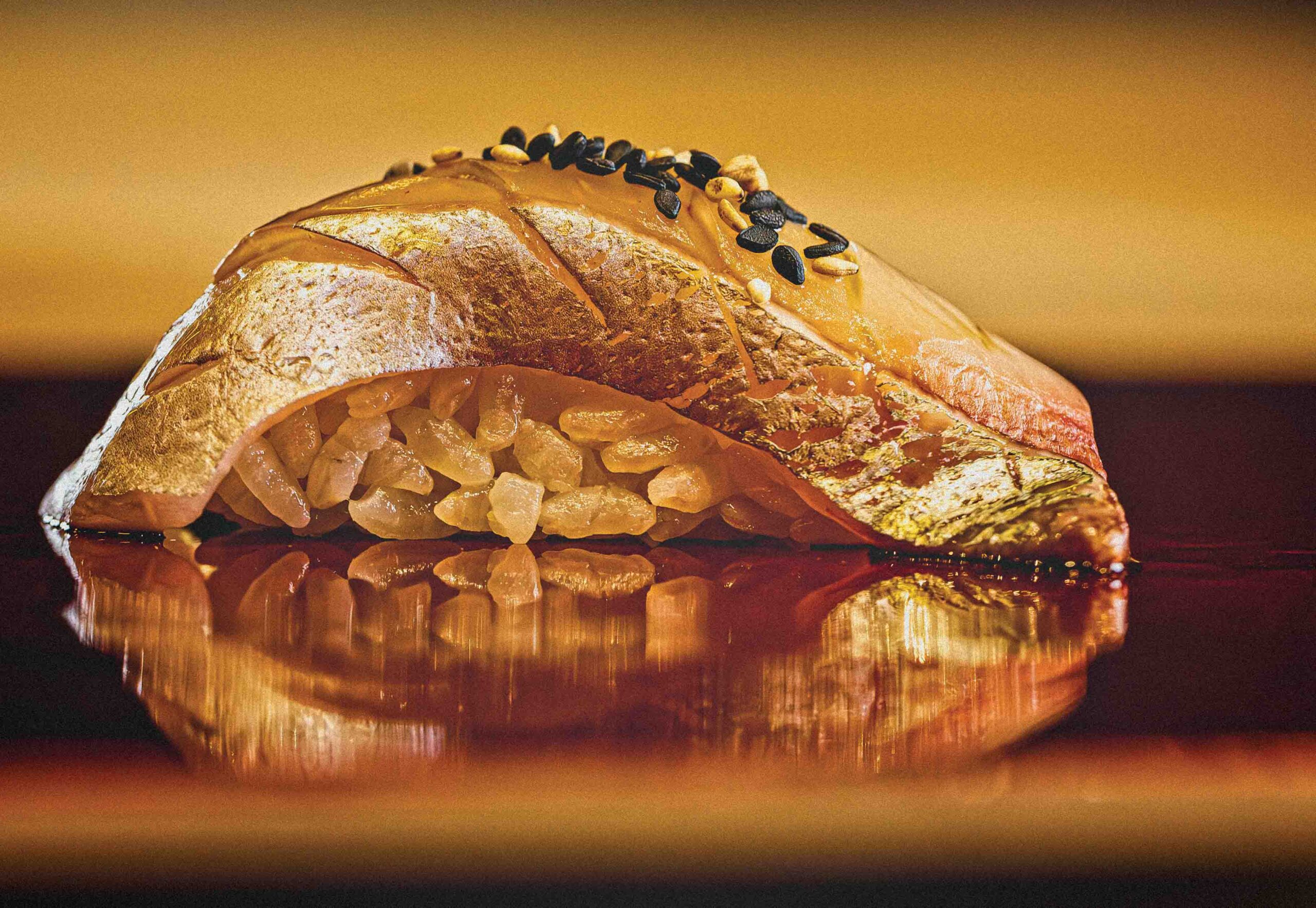
But those scoffers have been put to shame. Fralick’s Koya has rarely seen an empty seat, with a waitlist for seatings filling up months in advance. Just this month, Koya was granted one Michelin star by the prestigious guide. It is one of three restaurants to receive Tampa’s first Michelin stars.
Koya’s superstar is some of the world’s best fish, flown in weekly from the famed Toyosu Fish Market in Tokyo, Japan. The menu, an ode to Japan, where the chef spent five years cooking and training, highlights the best ingredients, seasonally sourced from across the globe.
The layman may wonder, just how much better is the world’s best fish? Fralick explained that Koya’s tuna is caught exclusively by known fishermen who can perform ‘ikejime’, a traditional slaughter technique of running wire down the spinal cord of the fish to cause instantaneous death. Ikejime prevents the release of histamines and chemicals during death, meaning a higher-quality, better-tasting fish.
Every course at Koya is equally intriguing. Seasonal delights may include white truffles from Alba, Italy or Osetra Caviar from the Netherlands.
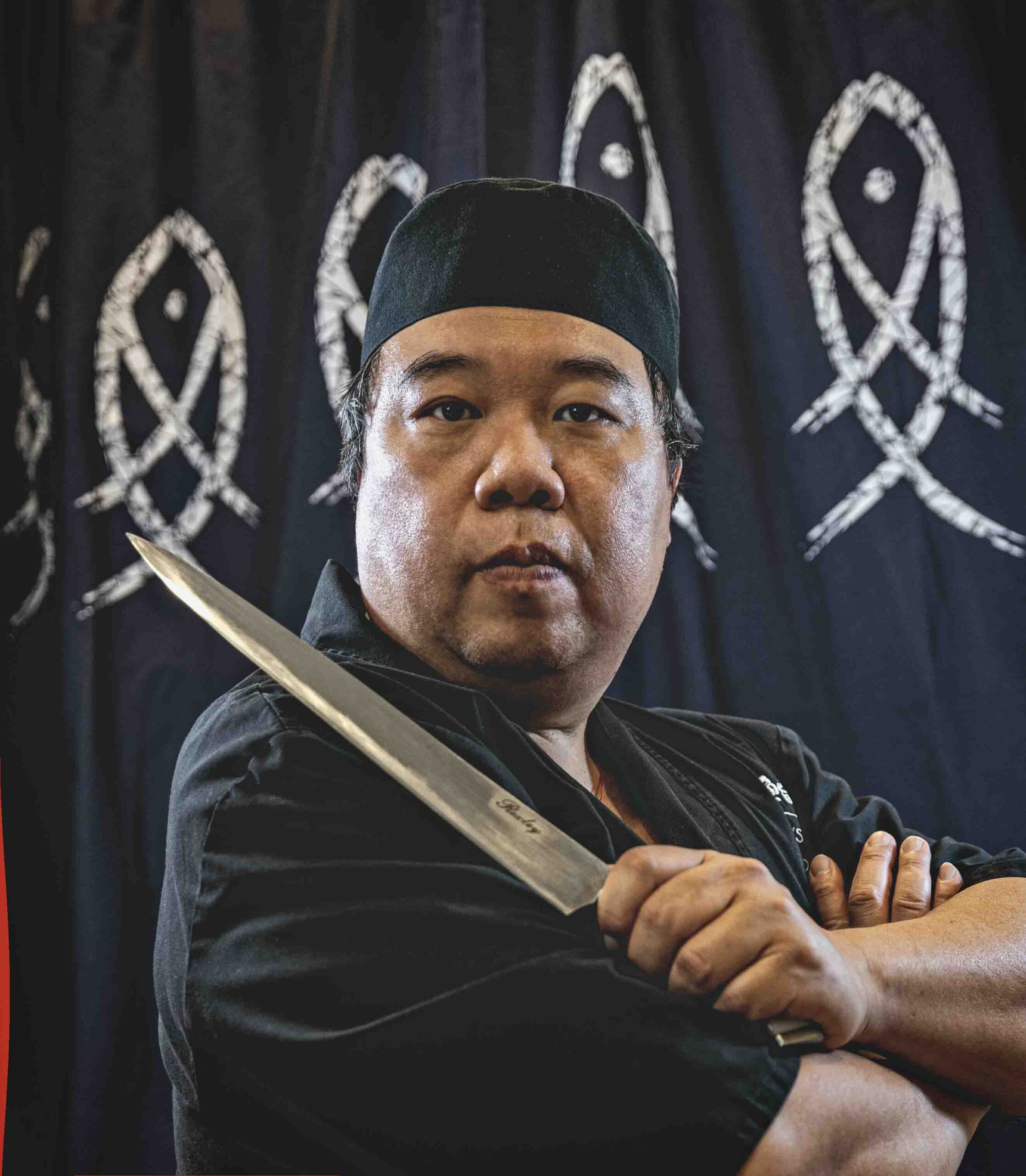
With the demand for omakase on the rise, St. Petersburg brothers Arte and Rexley Kwok can boast of being early to the party. At Sushi Sho Rexley, they’ve served omakase to a welcoming and curious public for six years. And while omakase dinners often run a high price tag, Sushi Sho Rexley’s prices are unrestrictive, with a nigiri omakase experience offered at $118 and a signature experience priced at $188.
Chef Rexley, trained by master chef Hiro Eda San of Japan, has made sushi since 1999. His cooking style is self-described as Edomae with a twist. Omakase’s intricacies, like any other form of fine dining, vary from chef to chef. At Sushi Sho Rexley, guests can expect delicacies such as akami, ankimo, ikura, toro, shirago and tamago. The freshest of the season are flown in from far-off lands including Toyotsu Market in Japan, Hawaii and New Zealand. If this sounds intimidating, no need to worry. The joy of omakase is an audience with the chef. Rexley Kwok prepares and serves each course, providing insight and answering questions guests may have along the way.
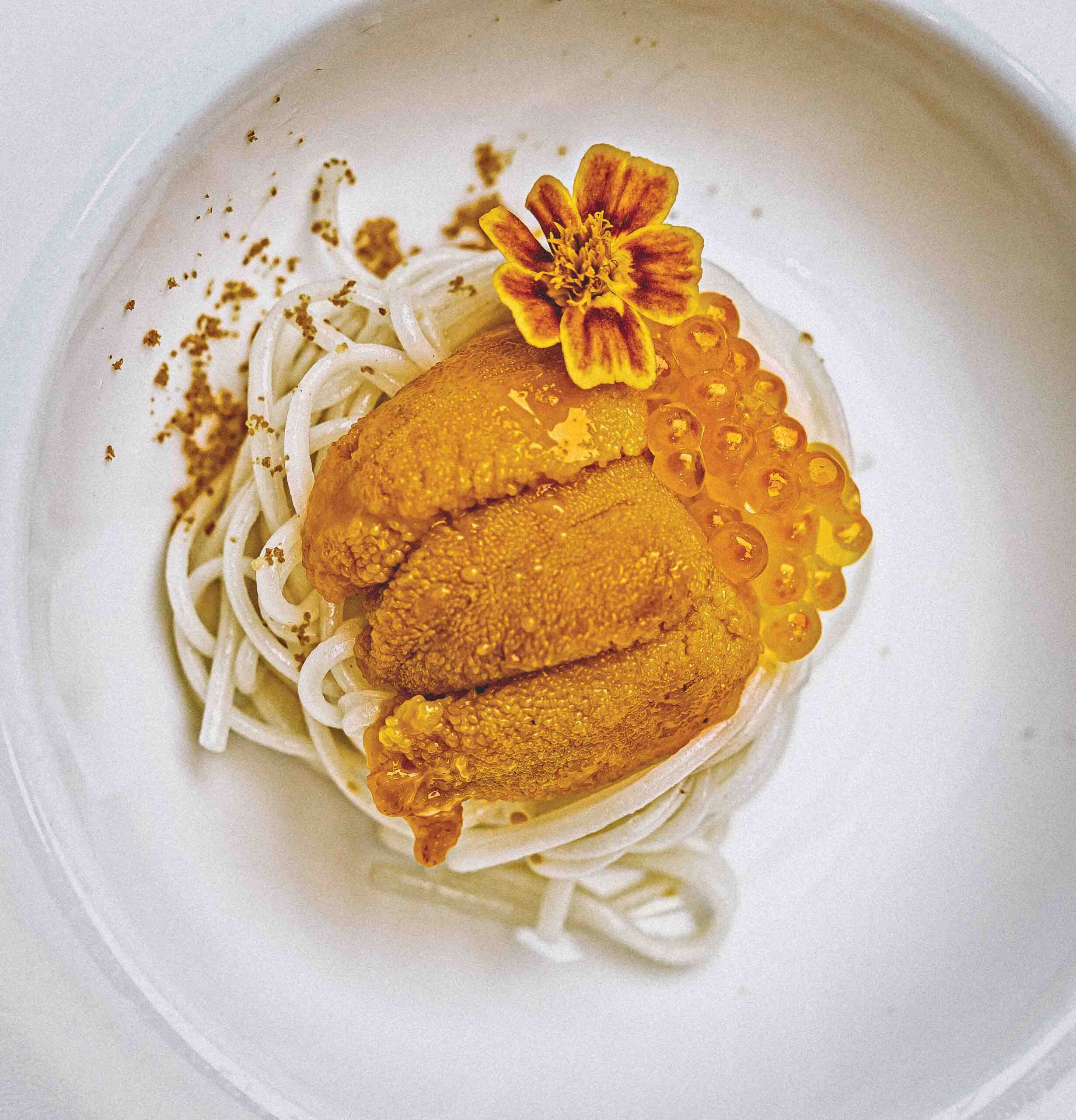
“Sushi is different from other cooking styles because of its cooking method. It’s called ‘the method of minus’,” explains Rexley. “Unlike cooking chicken which is flavored by the seasonings on it, with sushi the chef will take away many condiments or sauces. The goal is to make the fish taste as original as possible, to enhance the flavor of the fish, but not overdo it.”
For those who may not yet grasp the concept, Chef Fralick echoes his sentiment by posing a question—Do you know what tuna tastes like?
“I ask people that all the time and they’ll say, ‘soy sauce or spicy mayo,’ or they describe the texture of the fish. Most people, from their sushi experience, don’t know what tuna tastes like because it’s covered in other sauces,” he says. “In Omakase, we bring out the flavor of the fish, nothing else is required.”
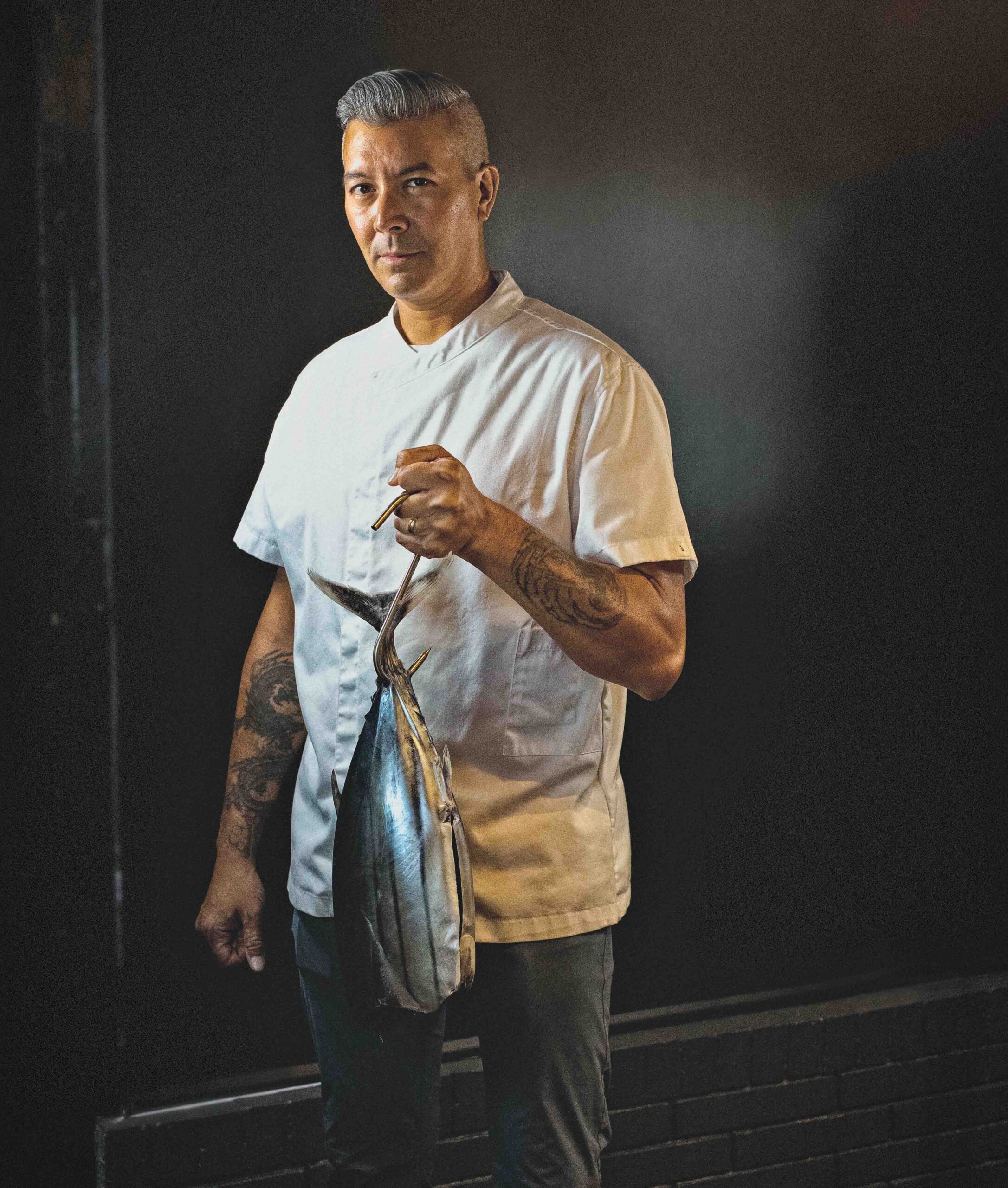
Omakase chefs have silently carved out a place in Tampa Bay’s restaurant scene, creating unostentatious luxury for the exploratory palate. Diners no longer stick to the restaurants their families have frequented for generations past. Our appetites have evolved to crave not mere food, but experience. Tampa Bay’s penchant for Omakase– a high-end, culturally immersive dining experience of uncommonly prepared foreign food– is evidence of just that. Now, the region is on the cusp of an omakase boom.
Noble Rice, the other dining concept from husband and wife restaurateur duo Eric and Adriana Fralick, serves a modern Japanese menu. It also offers an omakase option served at the sushi bar, an approachable atmosphere for an omakase greenhorn.
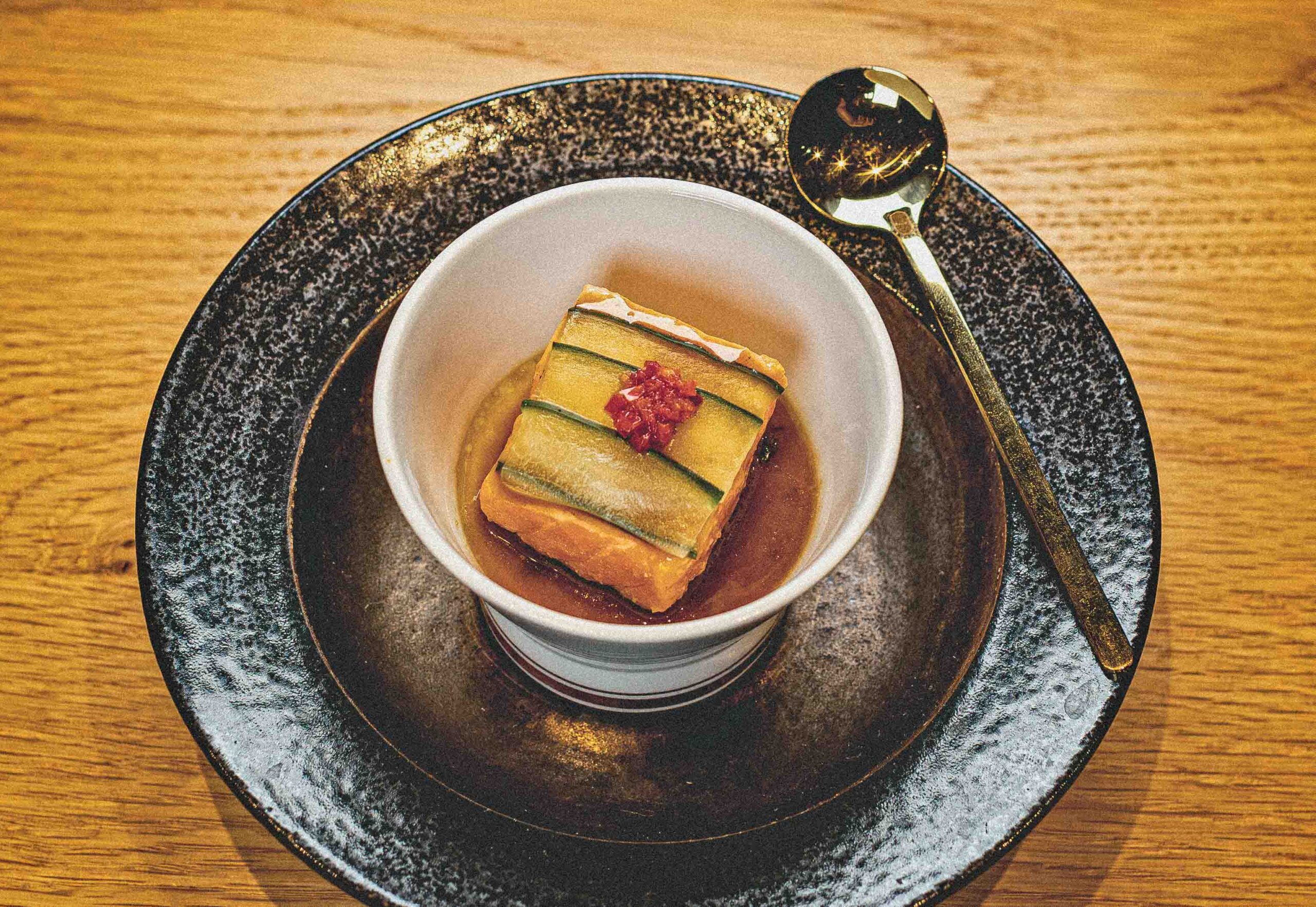
And this year, two of Tampa’s culinary hotspots, Hyde Park Village and Tampa Heights, will be home to high-end omakase dining options.
Later this summer, Michelin-starred chef Kiichi Okabe will bring a renowned culinary career to Ro (stylized ro) in Hyde Park Village. From Three Oaks Hospitality, Ro will present Chef Okabe’s creative interpretations of traditional Asian dishes with a modernized twist. Like Noble Rice, an omakase element will be offered alongside an à la carte menu. Ingredients from across the world will be flown in, with fish coming daily from Toyosu. Cuisine will take guests on a culinary journey to ‘heighten all the senses,’ a goal shared by Chef Okabe, who, in dedication to his craft, fasts every three months to sharpen his senses.
Less than ten minutes away, Kosen also will debut this summer. Brothers and restaurateurs, Johnny and Jimmy Tung have honed the art of opening restaurants. As James Beard semi-finalists in the Outstanding Restaurateur category, they are the originators of the Bento restaurant empire, along with other concepts in Florida such as Doshi, Camille, Norikase, Foreigner, and Norigami, which was recently awarded a Michelin Bib Gourmand.
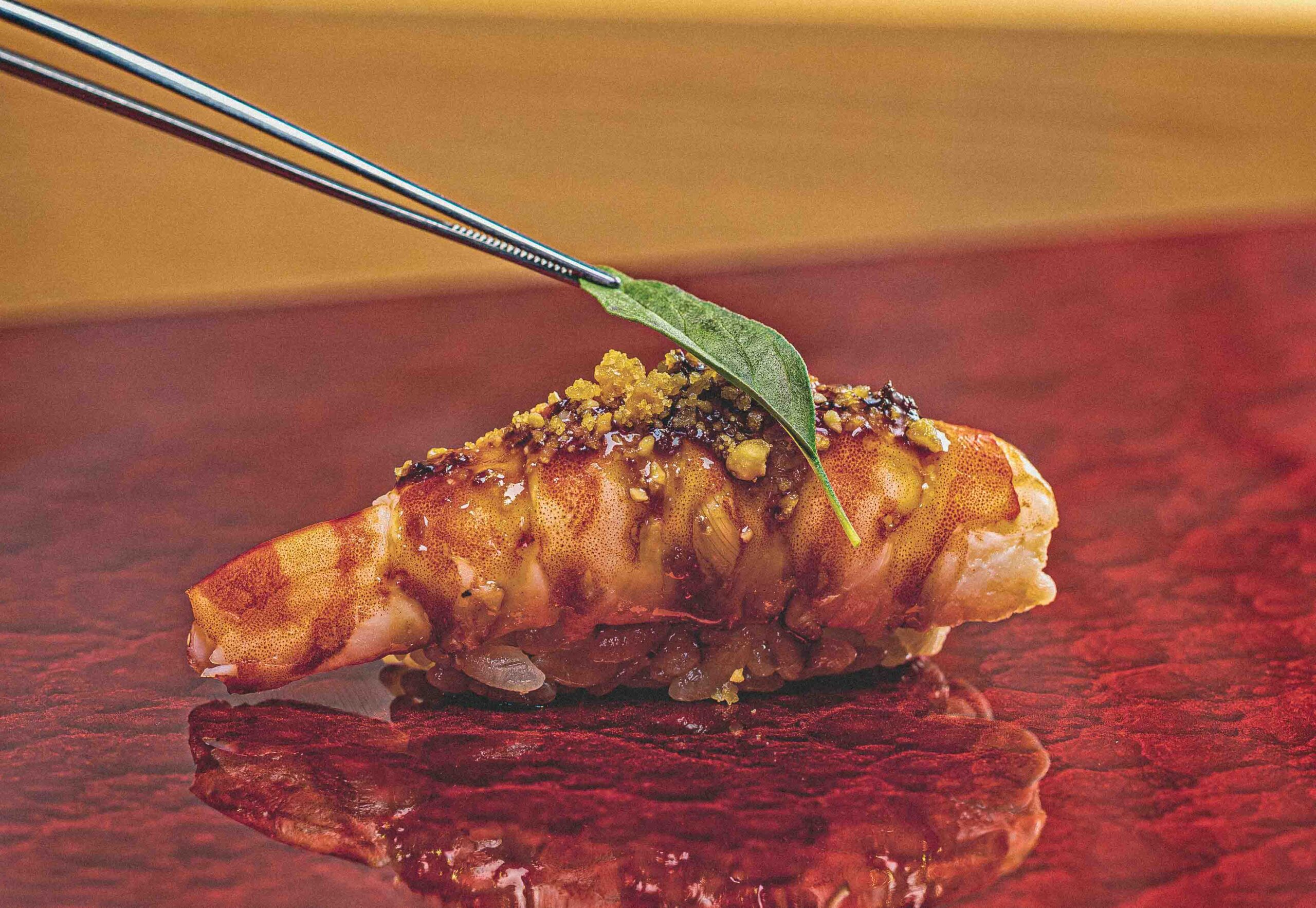
It was the renowned three-Michelin-starred Chef’s Table at Brooklyn Fare that introduced Johnny Tung to omakase style dining.
“I was blown away, completely inspired. I started to travel the world to seek out this style of dining,” he says. “I love this style of dining. You don’t have to worry about what to order and can instead let the chef curate a menu for you.”
Now, as a restaurateur, he takes great pleasure and pride in helping chefs open the restaurants of their dreams, and in providing world-class culinary experiences throughout the state of Florida. The Tungs have enlisted Wei Chen from Masa, a 3-Michelin star restaurant in New York City to helm their omakase concept, a place for Chen to showcase his extensive experience and dedication to his craft. Guests can select from a 10 course tasting menu in the dining room, or an 18 course tasting menu in a special hidden Omakase Room helmed by Chef Chen.
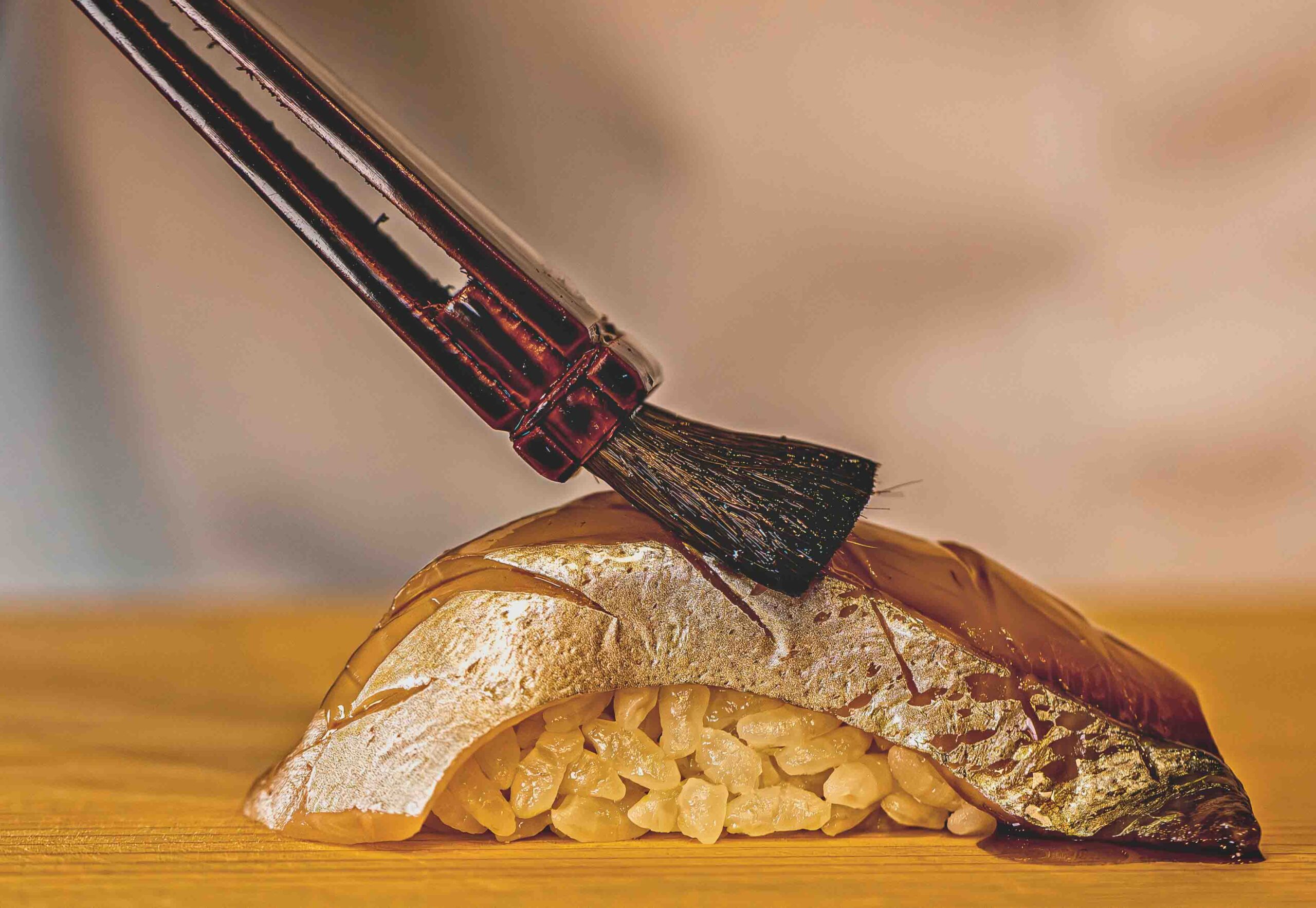
“Omakase is graceful, fun to watch. Where else can you watch the chef prepare, ask questions, hear inspiration from chefs of renown?” asks Johnny Tung. “Throughout my travels in Asia, I’ve always been inspired and have wanted to bring what I’ve seen back to Florida, push the envelope, and show people how much there is out there.”
Like Tung, many an omakase diner has been transfixed by the experience. From the intimacy of the setting to the pointed focus and precision with which the chef prepares each course–simple yet composed. Tampa Bay’s Omakase restaurants on either side of the bay mark a growing demand for a new wave of fine dining: fine dining expertly imagined, deliberately prepared and presented, and intimately experienced. What is given up in selecting a meal is gained in trusting the chef’s reputation to awe.
Check out some of Tampa Bay’s other Michelin Recognized Restaurants. Want to advertise? Click here.


